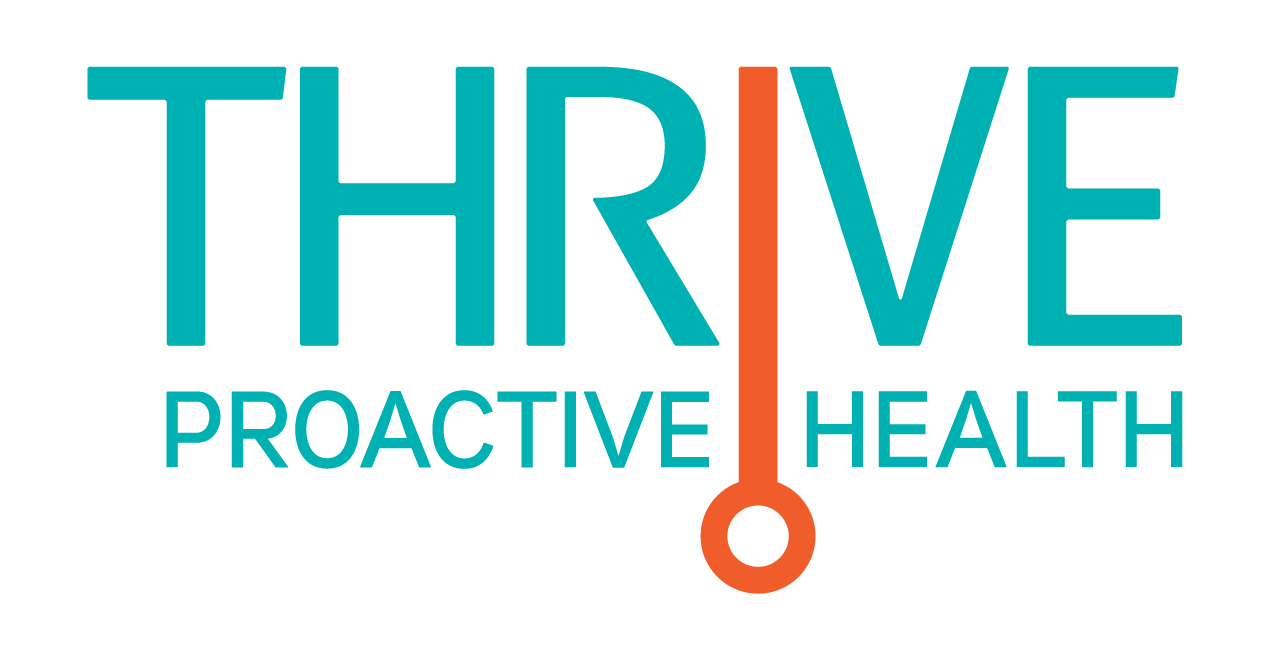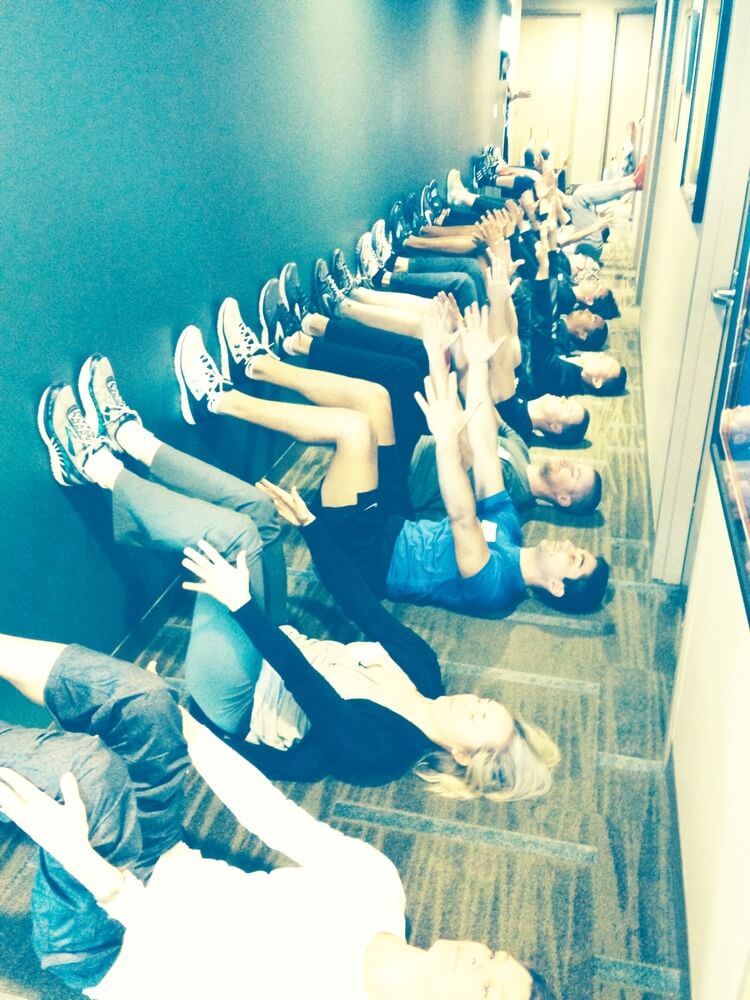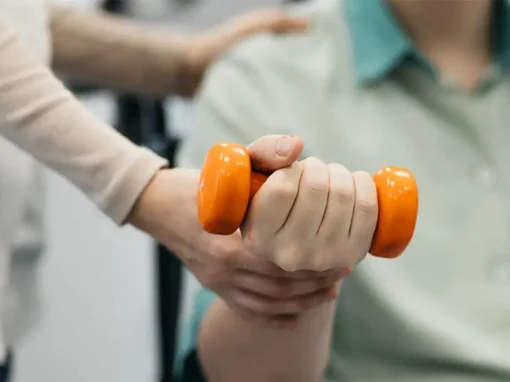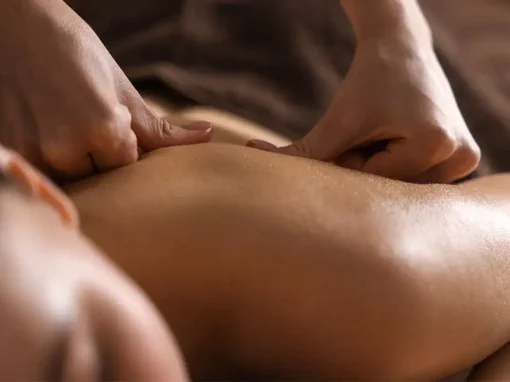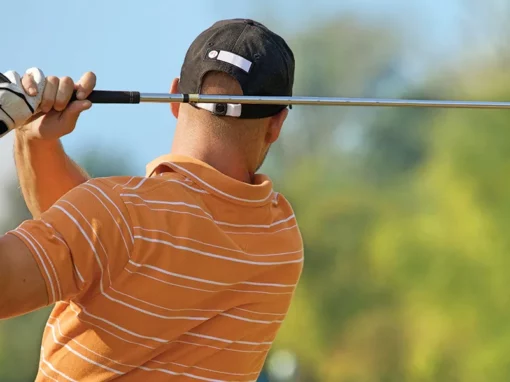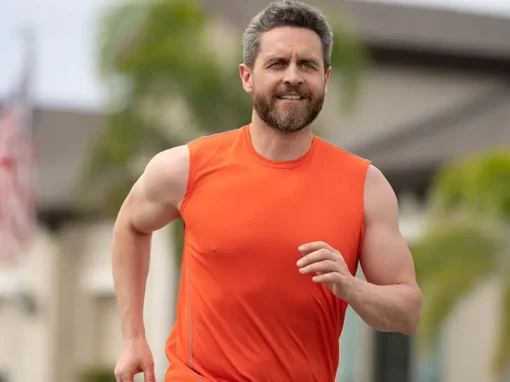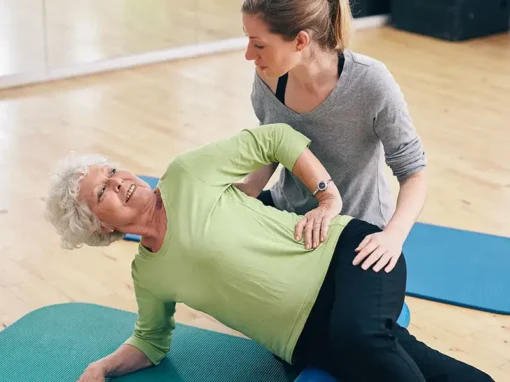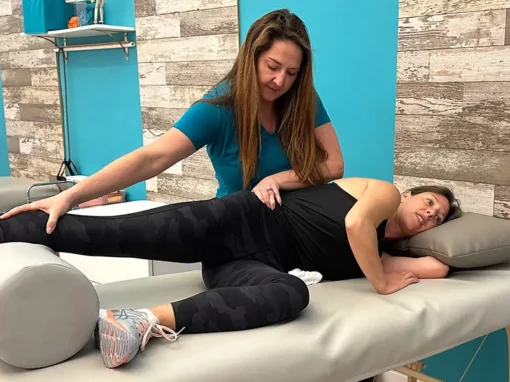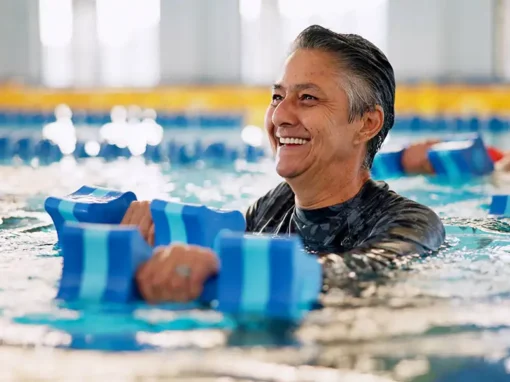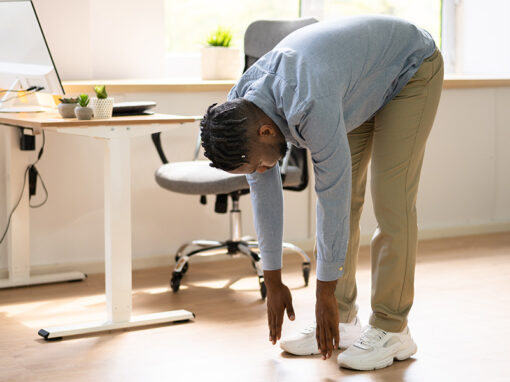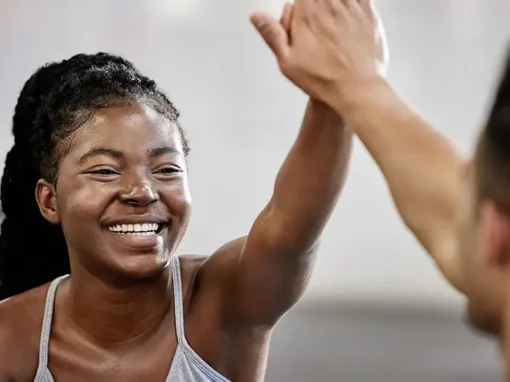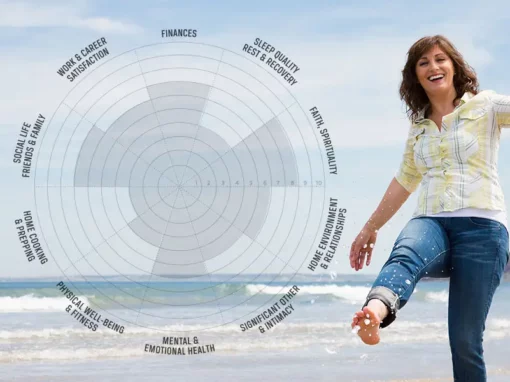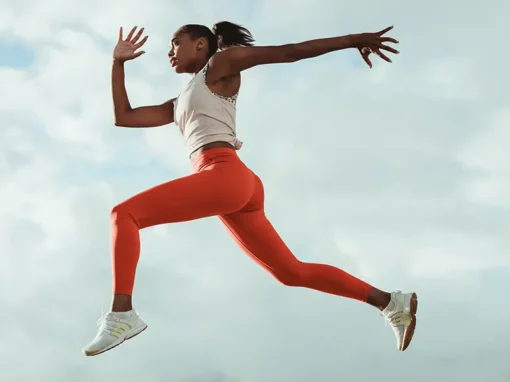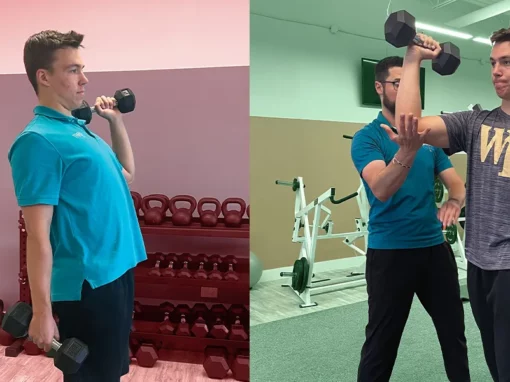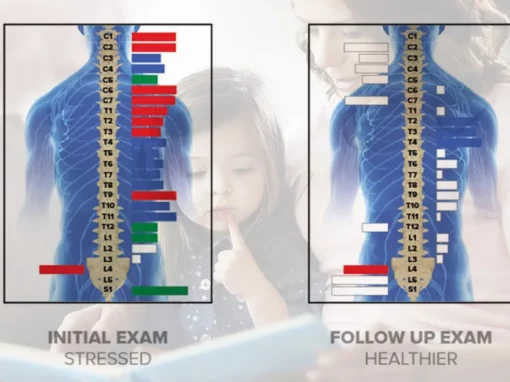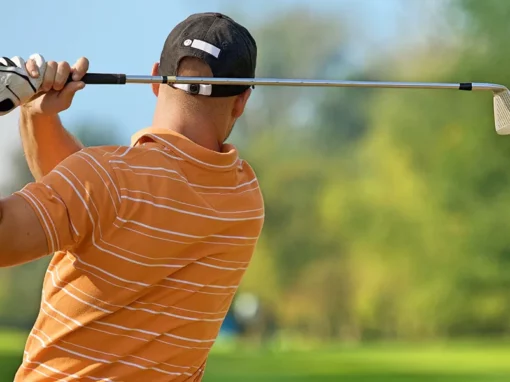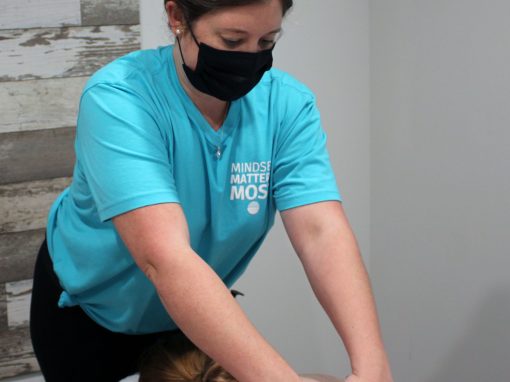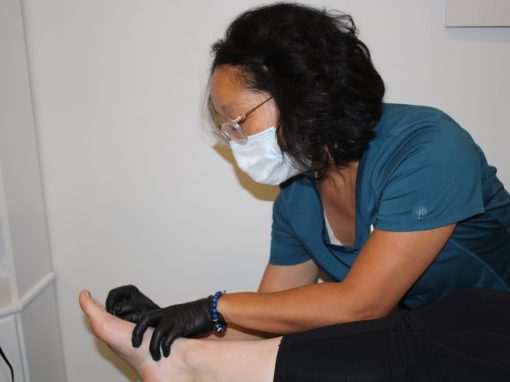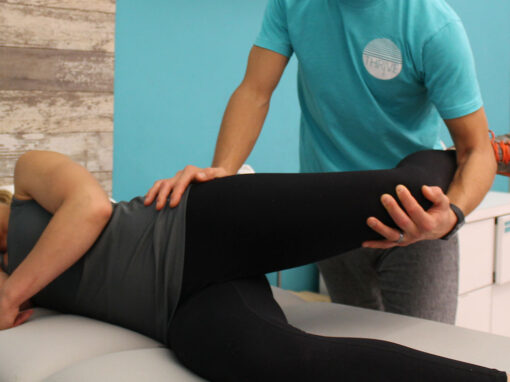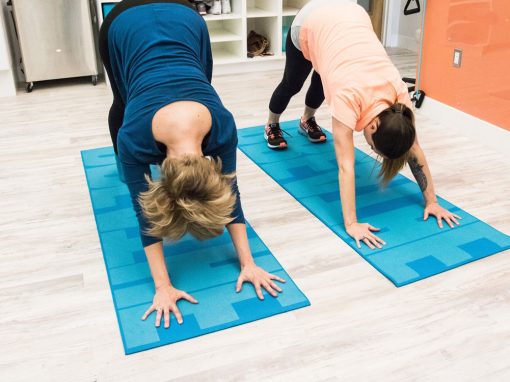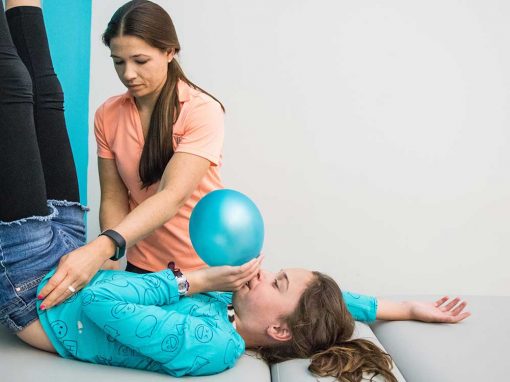“Grounding” is a principle we apply in our programming and is essential for restoring normal physiological and mechanical function. Various research has been published to help explain the beneficial effects of grounding on human biological performance and health (note: Earthing is a form of grounding).
The inability to ground is the inability to ‘find and feel’ and adequately process sensory information. Sensory information about one’s surroundings must be gathered from various receptors throughout the human body and this input is processed in the brain cortex and regulating the autonomic nervous system (ANS). The brain is constantly receiving, filtering, processing and responding to inputs every second of the day to help us know where we are in space, how we are referenced to our surroundings, and what we need to do to proceed with action or rest. Grounding directly influences our postural state, our movement quality, our cognitive performance and the health and balance of many other systems.
When input going to the brain is disorganized, skewed, and incomplete our bodies become challenged and the ANS becomes stressed. The lack of synchronization between our environment, external inputs and ANS present in multiple symptoms including:
- lack of concentration/focus, lack of engagement
- prolong healing and recovery
- excessive muscle tension or soreness
- headaches
- dizziness, lack of balance, orthostatic intolerance
- confusion, brain fog
- hormonal imbalances
- digestive troubles
- poor sleep regulation
- poor management of heart rate or blood pressure
- chronic inflammation
- chronic fatigue
- and chronic pain
When grounding is restored, many people report significant improvement in a wide range of ailments and this is documented in the literature from various case studies and journal articles. Multiple studies document grounding’s influence as:
- improvement in blood viscosity, heart rate variability, inflammation, cortisol dynamics, sleep, autonomic nervous system (ANS) balance, and reduced effects of stress
- reducing or eliminating the cardinal signs of inflammation
We have identified and objectively witnessed even more benefits of grounding but just those documented and found in literature alone are especially important in fitness and rehab settings because they assist with recovery, healing time and help to decrease delayed onset muscle soreness from the microtrauma from intense training.
With our niche practice style and our Postural Restoration Speciality (PRI), we can objectively identify when one has deficiencies in their ability to ground themselves. Deficits in grounding create neurological instabilities and movement and postural inefficiencies which will lead to an increased reliance on patterns of extension for the necessary support to function. In a traditional physical therapy sense, lack of grounding results in poor motor sequencing, poor proprioceptive integration (poor body awareness in space), poor proximal axial core control with compensatory distal extremity function (movement impairments), lack of peripheral visual and sensory awareness, disorganization of body sense and poor processing of input going to the brain.
With PRI we objectively identify hyperactive chains of muscles that alter our system’s ability to breathe, rest, and rotate without compensation. Our functions to breathe, rest and rotate are key functional requirements for our body to function optimally in our daily life and accelerate in sports performance. These functions affect our body mechanically and physiologically.
The postural system adapts with the hyperactive chains and the arrangement of various body segments alters in relation to the force of gravity causing a loss of equilibrium and increased demand for neuromuscular control. The hyperactive polyarticular muscle chains pull us away from the earth and can contribute to our bodies’ difficulty or inability to ground to the earth. For example:
- Anterior Interior Chains (AIC) pull each side of the pelvis forward (anteriorly tip) and extend the spine by pulling the lumbar vertebrae forward. The left AIC chain is usually found more active causing a pelvic obliquity or functional leg length discrepancy.
- Posterior External Chains increase lordosis and pull the ribs down in the back (rib ER) further elevating the anterior ribs enabling air to fill up the anterior superior chambers of the rib cage to cause hyperinflation. The right PEC chain is usually found more active and one may suffer with right-sided lower back pain or sacroiliac dysfunction. When both PEC chains are hyperactive the postural system adapts into an over-breathing pattern further compromising our internal physiology and function of multiple internal systems.
- Brachial Chains further pull the anterior superior rib cage up allowing stale air to incubate in the upper ribcage and encouraging apical superior breathing patterns. The BC chains also elevate the shoulders towards the neck and cause a rounded shoulder and forward head posture. The right BC chain is usually found more active than the left causing right shoulder impingement and labral tears and right-sided neck pain.
- Temporal Mandibular Cervical Chains elongate and extend the skull. The right TMCC chain is usually found more active causing a slight facial distortion and TMJ or bite asymmetry. Imbalances in the TMCC chains cause dental malocclusion, TMD, headaches, facial or neck pain.
All body types can suffer from ineffective grounding strategies and not even know it. Many doctors and health care providers are not even aware of this grounding principle nor acknowledge it as a contributing factor to various symptoms. Many patients know when they are not grounded, they can relate to the symptoms listed above and feel the effects of operating with a high level of internal stress. Some athletes can feel ungrounded as well, they may feel asymmetries or difficulty activating or using the correct muscles in a movement pattern (i.e. they don’t feel their hamstrings when doing a deadlift). Unfortunately, it is common for some high-performance athletes (with or without asymmetries through their core) to unintentionally or unconsciously use ineffective or compensatory strategies to ground themselves while training and working out. Adding speed, weight or resistance too early in programming without adequate foundational core strength can lead to poor motor sequencing, postural alternation and compensation further impairing our system mechanically and physiologically. Those that build performance on an inadequately grounded system tend to have short-lived careers and are also more prone to various injuries and health issues.
My next blogs will focus on grounding and connection to breathing and gait.
